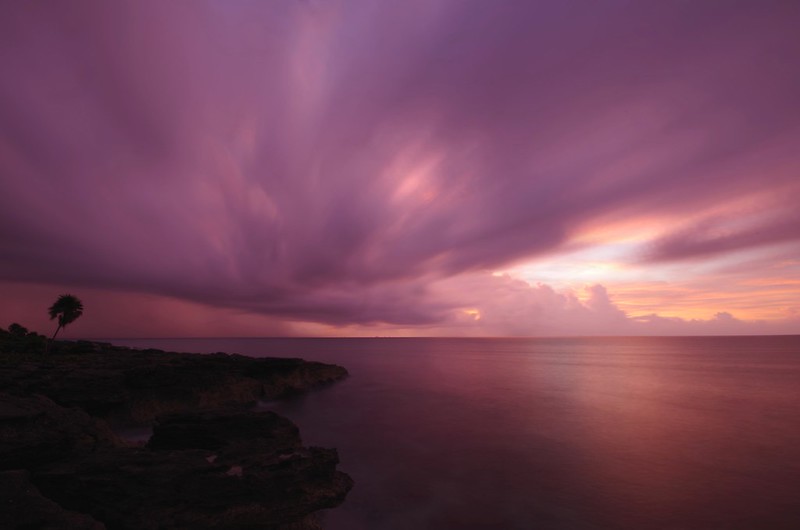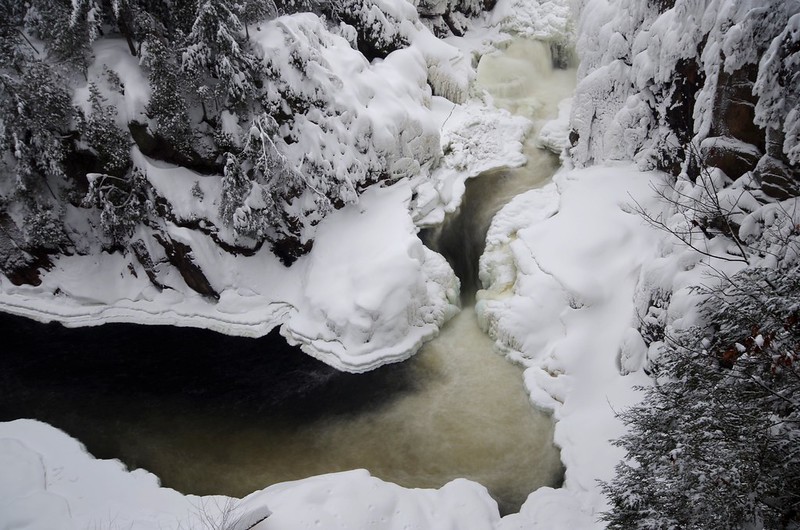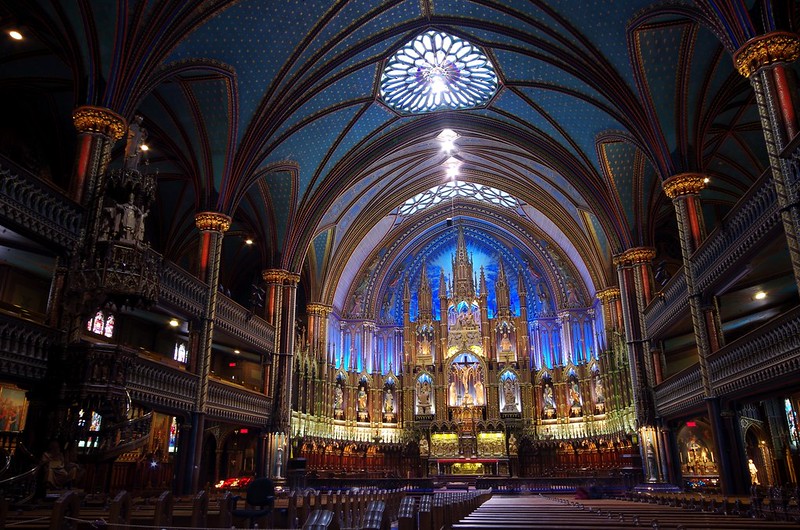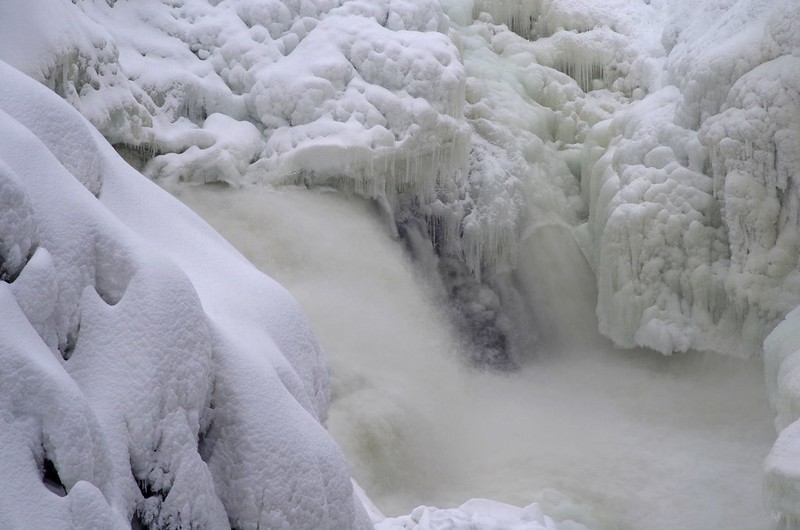 Originally posted by zantaphia
Originally posted by zantaphia 
Hi!
I've tried to search for a good tutorial on how to use the different multi exposure settings (Additive, Average and Bright) on the K-3. But no luck...
I went to the local water fall today, to simulate a ND-filter and a long exposure time, to make the water look like silk, and tried all of the settings, but the result was not overwhelming.
Anyone that has a good explanation on how to use the 3 different modes, incl. exposure settings (shutter time and aperture), number of shots, and some example photos? Of a waterfall or something else.
Yes, I have read the manual.

/Zantaphia
Here are the night waterfall examples. I took a series of 10 shots. Keep in mind these are test shots, not intended to be award winning photos (LOL)
I'm posting half of the series, skipping every other one (as you'll get the idea on how the mode is additive)
Additive Bright Composite Multi Exposure Mode
Settings:
ISO 100
35mm SMC Pentax lens (don't recall the f/stop)
ev-5 (QUICKENS SHUTTER SPEED)
exposure length: 2 seconds (x10 frames=20 seconds total) In complete darkness (no moon)
Personal observations. (what I learned):
1.You need a VERY STURDY tripod. I didn't want to carry my good one through the woods and over cliffs, so I used a lightweight one. If you mess up one exposure, you pretty much mess up the series. I ruined what would have been some pretty cool composites because of my laziness. I won't repeat that mistake!
2. As with normal photography, your motion blur effect of the falls will be determined mostly by length of exposure. I took some during the day with short exposures and they didn't blur smooth, but added frozen motion. Keep this in mind and set exposure length accordingly.(exposure will not have to be as long as normal shooting because of the additive exposures though).
3. Daytime shots will require you to stop down your camera and (depending on light) probably require a ND filter as well to restrict light and chances of overexposure. (sure wish I could set my ISO at 50 on the K3 sometimes). Remember that you will be adding exposure in bright areas and it will be easy to overexpose skies, and other bright areas.
4. This mode has endless possibilities and is only limited by our imaginations!
5. If you check the box for camera to save, it will save every frame and you don't have to worry about taking too many shots risking overexposed results. You can then just pick the shot you like out of the series. If you don't check that box, you will end up with just the final image.
6. If I shut off the camera in the midst of the series it starts series over when turned back on (not where it left off). Unless (of course) you change the settings when you turn it on (prior to shooting).
I want to see if I can pause the shots without shutting the camera off and restart where I left off, I hit a button by accident and it paused the shots, but it was during star trails, so I don't know if it started over or continued where it left off.
7.To recompose and continue shooting, time the intervals long enough to give yourself time to re-position camera and do it between shots.
8. The interval for shooting has to be longer than duration of shot.
9. Settings cannot be changed once interval starts.
10. I LOVED my K3 before, now I TOTALLY AM IN LOVE WITH IT!~ FUN!


 Similar Threads
Similar Threads 















 Post #1 by Painter
Post #1 by Painter








